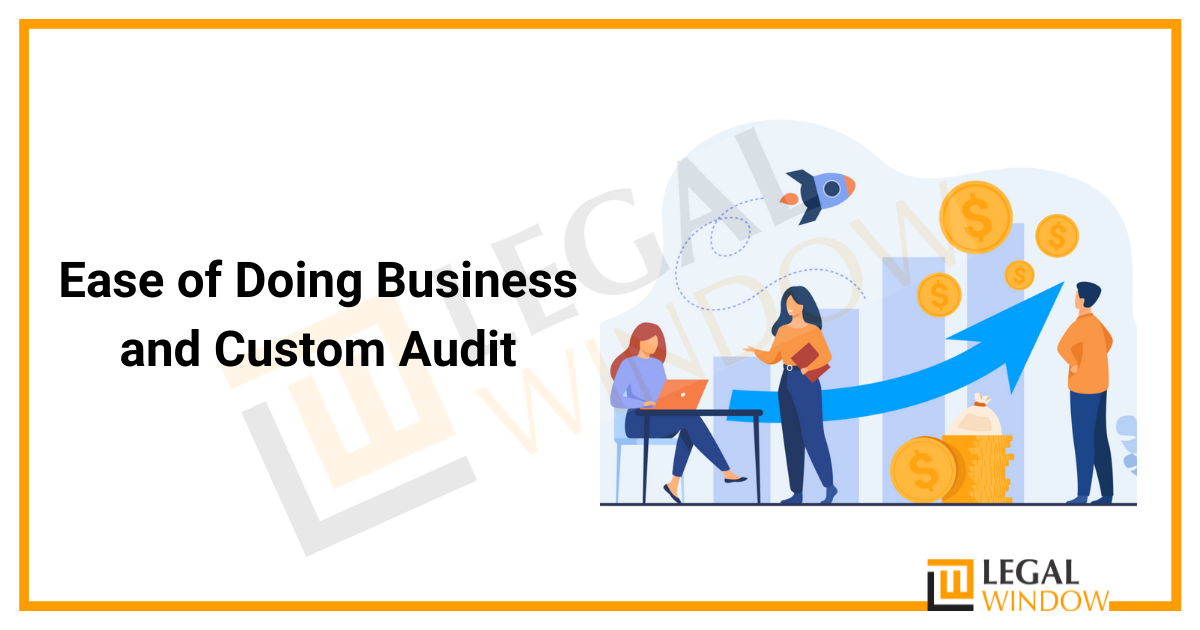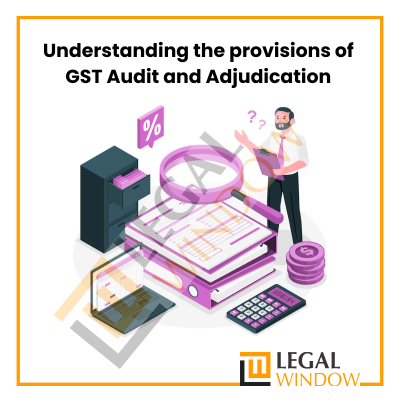
The World Bank publishes an index called the “Ease of Doing Business”. It is an aggregation of several characteristics that characterise the ease of doing business in the state.
It is calculated by summing the distance to border scores of several economies. The proximity to the Wild West index takes the ‘regulatory best practises for doing business as a metric and compares economies to that criterion.
A distance to frontier score is computed for each of the factors that comprise the statistic “Ease of doing business” and all scores are combined. The total score is used to calculate the “Ease of Doing Business index”.
“Construction permits, registration, credit, tax payment mechanisms” and other indicators are used to calculate the distance to the border. The index is used to rate countries.
The World Bank created the notion of ease of doing business by conducting a study in Delhi and Mumbai, and it was then used by the Hon’ble Prime Minister of India to assure and utilise the intelligence of the nationals to innovate and promote the “Make in India” moment. The primary aspiration phrase behind this approach is to increase GDP revenue by 25% by 2025. The “Make in India” initiative has addressed 25 domains to kick-start the process.
|
Contents |
India’s Ease of Doing Business
The World Bank developed the ease of doing business index, which reflects the ease of conducting business in a nation. Though the notion of “Make in India” encourages technological breakthroughs, it is constantly susceptible to monetary obstacles and crises about investment, as well as significant delays in customs clearance and management fees deriving therefrom.
To make “Make in India” a success and to make doing business easier, the government is focusing on new processes that adhere to World Bank-
- Approved norms in order to enhance India’s ranking.
- The Make in India idea focuses on 25 areas where the government has authorised 100 per cent FDI, such as railways, defence, and pharmaceuticals.
- The government is focusing on the creation of smart cities with high-tech technologies, as well as the construction of infrastructure for the training of skilled labour from various industries.
- Through the idea of Make in India, the ministry hopes to bring about a radical transformation with fresh inventions, which would ultimately enhance the country’s income by paying into the system.
The Rule of Law
- Self-assessment following Section 17 of the Customs Act of 1962, as amended by Sections 17, 18, 46, and 50 of the Customs Act of 1962.
- Implementation of the On-Site Post-Clearance Audit at Importers and Exporters’ Premises Regulation 2011.
- Auditing following Section 99A of the Customs Act of 1962 (an amendment made through Financial Act, 2018) The audit of assessment of imported products or export goods or an auditee under this Act may be carried out by the competent official in his office or the premises of the auditee in such manner as may be prescribed.
- Foreign Direct Investment (in case of investment from a foreign entity or an individual)
Policy on taxation
Tax regime leads the pecuniary component in the development of the nation’s economic position; consequently, ease of doing business and tax changes go hand in glove.
- Building a Business
- Paying Taxes
- Trading Across Borders
eSANCHIT
The Single Window Interface for Facilitation of Trade (SWIFT) was implemented as part of the “Ease of Doing Business” initiative to facilitate cross-border trading in India.
Objectivity-
Allowing importers and exporters to file clearance paperwork digitally with little interaction with normal regulators and a paperless procedure.
To assess if the project is resulting in procedural simplification, process standardisation, and practise harmonisation.
Usage-
It is an application online site that allows a trader to electronically submit all supporting papers, such as consignment clearance, with an electronic signature.
Indian Customs initiatives to ensure “Ease of Doing Business”
AEO (Authorized Economic Program)
The following are the characteristics of AEO, which is managed and administered by the Central Board of Excise and Customs. –
- Imports are delivered directly to the port to enable manufacturers’ just-in-time inventory system.
- AEO includes direct port access for manufacturing containers destined for export.
- This programme is open to any entity that handles 25 imports or exports papers each year.
- Agreement on mutual recognition with other customs authorities.
- Refunds will be processed quickly.
- Extending convenience to exports as well as imports
- For clearance, self-attested copies of FTA/PTA would be allowed.
- There is no supporting documentation for a paperless declaration.
Corporations admitted under AEO would be further categorised as AEO-T2 or AEO-LO depending on the guidelines, and those having ACP status will benefit from the one-time transfer to AEO status and will be awarded AEO-T1 temporary status.
Insurance Relaxation
Insurance requirements for products to be taken by customs cargo services providers (CCSP) between 10 to 30 days. Regardless of obtaining CCPS, there is a necessity in order with the filing of a bond equivalent to the value of the stored items for import in a Custom Area for a period of 30 days. With the creation of bonds and insurance, the amount of the Bank Guarantee should be linked to the duty of the items to be stopped for 30 days, therefore lowering management fees.
Indian Customs Single Window Project
With the advent of “SWIFT (Single Window Interface for Facilitating Trade)”, importers and exporters may file a uniform electronic integrated declaration on the “ICEGATE platform”. In addition to the SWIFT window, “CBEC” has created an integrative risk management facility for partner government agencies (PGAs), which improves the convenience of conducting business by expediting approval from all relevant channels.
The advantages of a single-window design include-
- Lower business costs.
- Transparency
- Duplicity and compliance costs are reduced.
- Optimal manpower utilisation.
Minimal paperwork
To make documentation easier to understand, CBEC has only required three documents:
- A commercial invoice (description of goods, marks and numbers, quality, gross/net weight, number of packages)
- A packing list
- A customs declaration (bill of entry or shipping bill).
The documentation listed above must be completed and validated by the Chief Commissioner of Customs.
The Downside of Ease of Doing Business
- The EODB should be determined based on business growth by including all business entities and their performance that are geographically based and scattered across India.
- The policy evaluates/covers the government’s efforts while ignoring issues such as human resources, labour, market conditions, consumer preferences, and so on.
- The method for obtaining permissions is time-consuming and requires clearance from many agencies, which creates delays.
- Obtaining land is still an obstacle, which leads to the abandonment of certain projects.
- There is still a lack of faith in investment, as well as a schism and lack of cooperation among the numerous state governments and ministers.
Conclusion
“Make in India” is an advanced method to promote numerous large corporations to develop quickly and contributes to the GDP of the nation. In the spirit of competitive and cooperative federalism, each state should begin and contribute proven business techniques, and during the evaluation, the government of each state must adopt a plan to reform and contribute the concept.
The World Bank pioneered the notion of “Ease of Doing Business.” Thus, in order to achieve a ranking and enhance its economic standing, India must thrive on a fixed plan that includes a regulatory government and economic reforms, as well as political stability and strict law and order enforcement. Furthermore, the government should be proactive in receiving regular input on EODB implementation across states. Furthermore, if a disagreement arises, it can be resolved in fast track commercial courts, which must be established to expedite judicial proceedings, or the importance and need of invoking arbitrational clauses must be communicated to the business owner.
By appealing to and implementing all of the aforementioned ways with effective regulation and fair judicial execution, the system may function efficiently and attract domestic and international investment, so achieving the ultimate aim of economic success.
CS Urvashi Jain is an associate member of the Institute of Company Secretaries of India. Her expertise, inter-alia, is in regulatory approvals, licenses, registrations for any organization set up in India. She posse’s good exposure to compliance management system, legal due diligence, drafting and vetting of various legal agreements. She has good command in drafting manuals, blogs, guides, interpretations and providing opinions on the different core areas of companies act, intellectual properties and taxation.
Categories
- Agreement Drafting (23)
- Annual Compliance (11)
- Change in Business (36)
- Company Law (148)
- Compliance (89)
- Digital Banking (3)
- Drug License (3)
- FEMA (17)
- Finance Company (42)
- Foreign Taxation (6)
- FSSAI License/Registration (14)
- GST (118)
- Hallmark Registration (1)
- Income Tax (199)
- Latest News (34)
- Miscellaneous (164)
- NBFC Registration (8)
- NGO (14)
- SEBI Registration (6)
- Section 8 Company (7)
- Start and manage a business (20)
- Startup/ Registration (126)
- Trademark Registration/IPR (40)
Recent Posts
- Detailed Analysis of Section 179 of the Companies Act, 2013 April 24, 2024
- Maximise Your Tax Savings: Power of Form 12BB April 23, 2024
- Cryptocurrency startups and Regulatory compliance April 22, 2024
About us
LegalWindow.in is a professional technology driven platform of multidisciplined experts like CA/CS/Lawyers spanning with an aim to provide concrete solution to individuals, start-ups and other business organisation by maximising their growth at an affordable cost.








